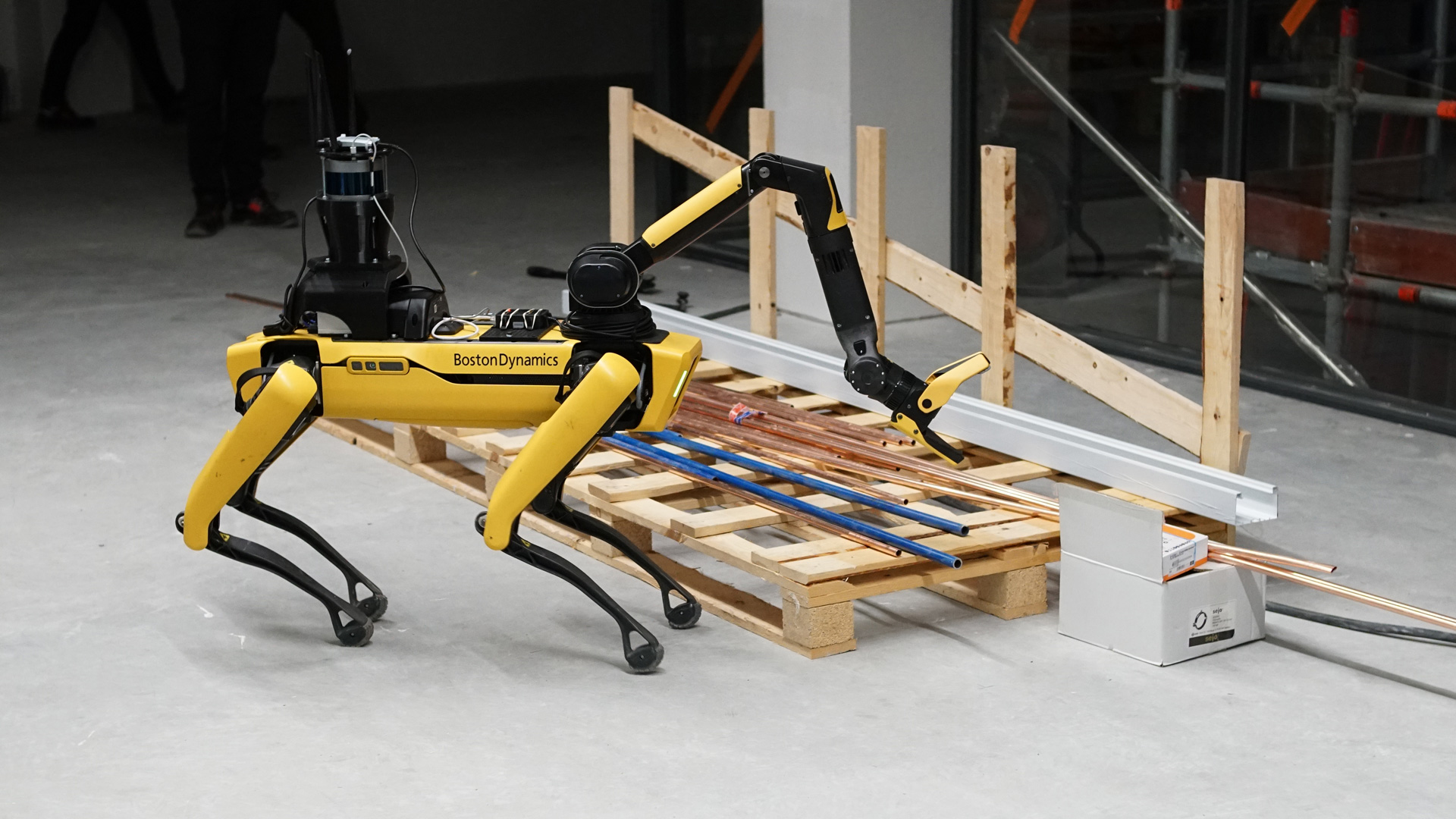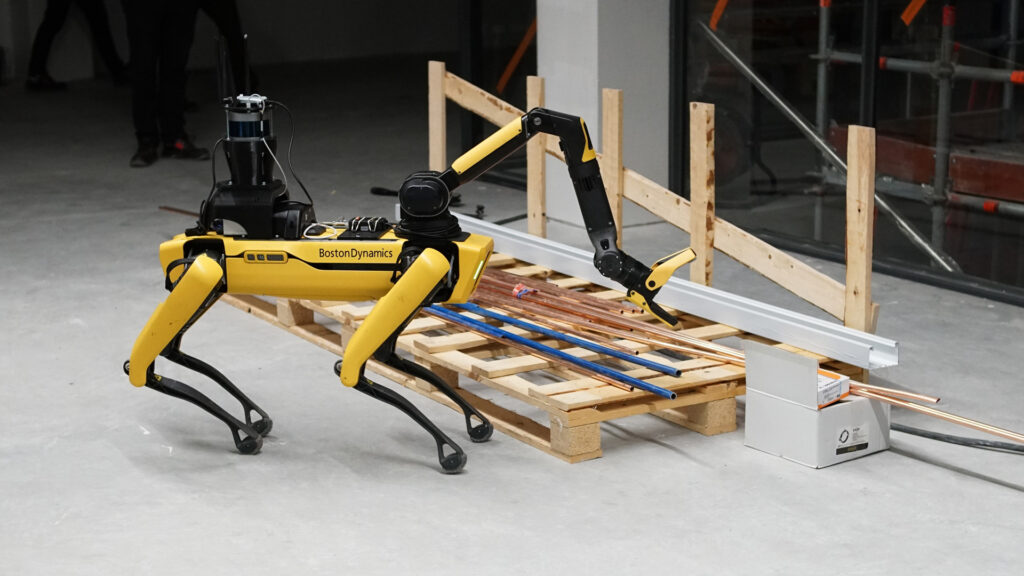
FROM a Wall Street Journal news story last month:
“In the verdant hills of Washington state’s Palouse region, Andrew Nelson’s tractor hums through the wheat fields on his 7,500-acre farm. Inside the cab, he’s not gripping the steering wheel — he’s on a Zoom call or checking messages.
“A software engineer and fifth-generation farmer, Nelson, 41, is at the vanguard of a transformation that is changing the way we grow and harvest our food. The tractor isn’t only driving itself; its array of sensors, cameras, and analytic software is also constantly deciding where and when to spray fertilizer or whack weeds.
“Many modern farms already use GPS-guided tractors and digital technology such as farm-management software systems. Now, advances in artificial intelligence mean that the next step — the autonomous farm, with only minimal human tending — is finally coming into focus.
“Imagine a farm where fleets of autonomous tractors, drones and harvesters are guided by AI that tweaks operations minute by minute based on soil and weather data. Sensors would track plant health across thousands of acres, triggering precise sprays or irrigation exactly where needed. Farmers could swap long hours in the cab for monitoring dashboards and making high-level decisions. Every seed, drop of water and ounce of fertilizer would be optimized to boost yields and protect the land — driven by a connected system that gets smarter with each season.
“Much of the technology to power an autonomous revolution in agriculture already exists or is nearly ready for market launch.”
In May 2025, Robotics & Automation News reported that an “increasing number of [construction] companies are launching innovative robots designed to automate tedious, time-consuming, or dangerous tasks. From precise floor marking to the automated assembly of entire homes, these machines are poised to reshape the industry.”
A more automated construction site features robots “designed for on-site assembly tasks,” including “the precise placement and connection of modular building components,” which will “speed up the construction process for prefabricated structures and improve the quality of assembly through robotic accuracy.”
In addition, these robots can autonomously print “complex construction site layouts directly onto floors with pinpoint accuracy.” They can “transfer digital plans to the physical site, improving efficiency and reducing mistakes in the crucial early stages of construction.”
There are also robots that use “a 3D CAD model to precisely lay bricks or blocks much faster than traditional manual methods, potentially building the walls of a standard house in a significantly reduced timeframe.”
A Minnesota-based glazing company Harmon is already using a robotic system that enhances the installation of high-rise glass panel brackets. “This technology significantly improves worker safety, consistency, and precision in fastener installation, a critical task often performed at heights up to 1,000 feet where extensive safety rigging is traditionally required for human workers. The robot tackles the challenging and hazardous aspects of installing these brackets on tall buildings.”
Moreover, there are robots capable of building massive stone walls and tying rebar intersections in reinforced concrete structures.
Automation in farming and construction is just getting started and is expected to improve and become more affordable as AI and other technologies continue to advance. It is this ongoing development that can help ease labor shortages in the U.S. and its territories, as well as in other developed countries, where the lack of farm and construction workers remains a seemingly never-ending challenge.
As for the shortage of service workers, Michael Brendan Dougherty of National Review — which is not known as a pro-immigration publication — wrote recently about an Irish journalist’s “odd suggestion…that Irish people are now too good for the ‘crap jobs’ that they used to do as immigrants and as natives, and so Ireland needs to continue a policy of mass immigration. The ‘bottom 10 per cent of jobs are neither fulfilling nor well paid — and the great majority of Irish-born people neither want nor need to do them.’ ”
In the U.S., these jobs generally pay quite well. But despite periodic wage increases, job shortages persist, and everyone claims to be “perplexed.” Not many seem to notice that U.S. citizens and residents have choices. For example, they can go to college and obtain a degree — or two. They can be selective about their careers. Some can even choose not to work and instead live off the wide array of welfare assistance provided by state and federal governments. These are the most obvious — yet often overlooked — reasons for the persistent job shortages in the U.S. and other prosperous nations. Few government officials or politicians mention them.
Instead, they prefer to talk about the need for “more education” and “more training,” while decrying “low wages” and “cheap labor.” In the CNMI, many have absolutely no idea about the high costs of hiring foreign workers under the prevailing wage and other federal rules. Immigration, however, will remain a politically volatile issue. Happily, technology is quietly helping to alleviate many of these labor shortages.
Send feedback to editor@mvariety.com











